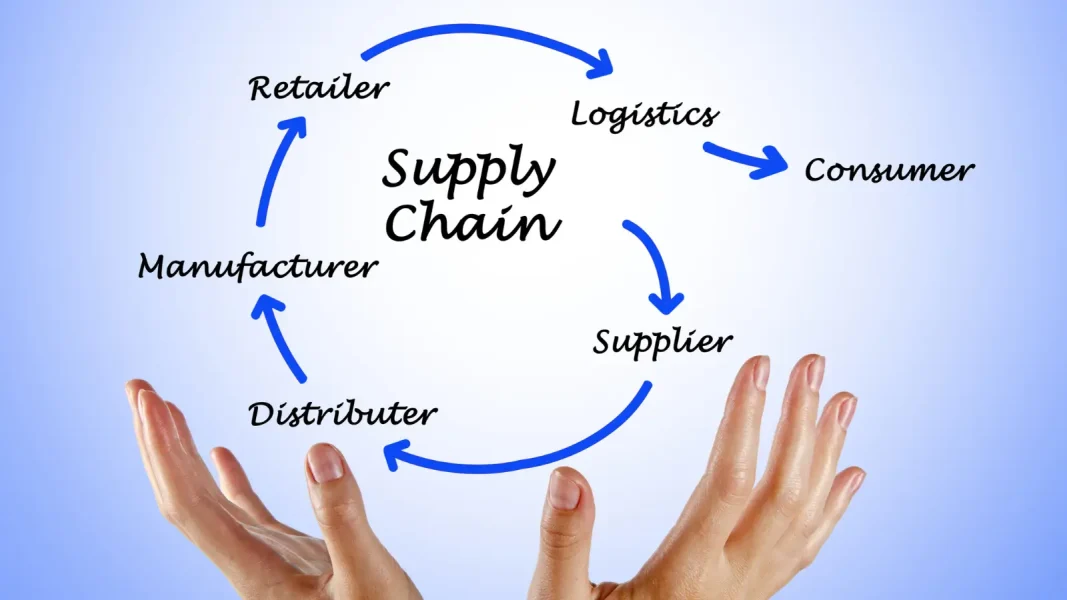Teeming with new product introductions, robust competition, and a constant stream of news, offers and events, the world of retail is in constant motion. In this lively setting, prices are a crucial variable, requiring timely adjustments to remain relevant and competitive.
Effective price recording is essential for companies seeking to refine their decision-making process to optimize their pricing strategies et à renforcer leur position sur le marché concurrentiel. However, getting into the price list comes with its own set of challenges.
There are some common pitfalls that companies need to be aware of to ensure successful navigation.
In this article, you’ll find the 5 most common errors in price quotes, along with strategic and practical advice on how to avoid them.
What is price recording and why is it important?
A price list is essential to a company’s success and longevity. This process involves in-depth monitoring and analysis not only of the prices of the company’s own products and services, but also those of its competitors. An effective price survey enables companies to develop sound pricing strategies, discern market trends and maintain a competitive edge.
Neglecting or botching this pricing stage can have harmful effects, such as reducing sales, cutting margins, damaging your price image and ultimately losing customer loyalty. To avoid this, companies need to be aware of common pricing errors and employ the right strategies to circumvent them.
In addition, the integration of pricing information is crucial for forecasting sales performance.. Advanced solutions offer features for in-depth analysis, including historical sales data, product matching capabilities, automated reporting and data visualization, which are essential for shaping pricing strategies.
Pricing solutions such as Optimix XPA leverage advanced algorithms to provide accurate pricing data and insights into sales trends, whether by product or category. In addition, some of these tools extend their functionality to include competitor performance analysis, leveraging customer satisfaction metrics and product popularity indices.
Mistake #1 - Stagnant marketing and pricing strategies
A critical pricing error is to establish a marketing and pricing strategy once and consider it unchangeable. For lasting success, it’s essential to initially assess the market landscape and understand how your product offerings stand out from the competition. After that, a flexible pricing and marketing strategy is crucial. Treating this strategy as a static plan is a surefire way to fall behind in the competitive race. Markets and competitors are dynamic, and new players may emerge offering similar products, requiring a reactive, adaptive approach.
Regular monitoring of market trends and competitors enables the timely identification of new players and market segments, justifying continuous adjustment and refinement of strategies.
Keeping a constant eye on market developments and being ready to modify strategies accordingly is essential. Always be ready to evolve and adaptwhile maintaining a competitive edge in a market that never stands still.
Mistake #2 - Choosing to extract data independently
Price collection begins with data scraping, a method that involves the use of technology to extract data from websites for subsequent analysis. There are generally two approaches to scraping: developing personalized scraping adapted to specific needs, or purchase off-the-shelf software that automates data extraction. Although it’s often said that you understand your needs best, choosing to do your own scraping may not be the wisest decision.
Here’s why:
Scraping is far from being a one-off task. It requires a dedicated team with both programming expertise and substantial knowledge, which cannot be acquired quickly. More critically, scraping is time-consuming, probably continually monopolizing your team’s attention. Ongoing maintenance of such technologies is not only cumbersome, but can also become monotonous over time.
On the other hand, adopting an external solution is generally simpler and more cost-effective. What’s more, the quality of data obtained from an established system with extensive experience often exceeds what homemade scraping tools can offer.
Mistake #3 - Failing to analyze competitors' prices
In the competitive retail sector, particularly in the food industry, it’s crucial for managers to adopt a strategic approach to monitoring and analyzing the market. This necessity highlights a common mistake in price surveying: neglecting the importance of competitive price analysis. Operating a large supermarket comes with its own set of challenges to keep an eye on competitors, as it’s not feasible to keep up with every local business. A more effective approach is to identify and focus on key competitors identify and focus on key competitors Less emphasis should be placed on smaller stores with lower customer service ratings, underlining the need for a targeted competitive analysis strategy.
Moreover, a common failing in this sector is to focus exclusively on internal pricing strategies, while not taking sufficient account of competitors’ pricing tactics. Ignoring competitors’ prices can lead to missed opportunities and a lack of adaptability to market fluctuations. Pricing should be seen as a comparative factor, and constant analysis and comparison with competitors is crucial. This approach ensures that pricing decisions are informed by an in-depth understanding of the market, leading to better strategic positioning and adaptability to market changes.
The main lesson to be learned is the critical need to continuously monitor and analyze competitors, not only in terms of market share, but also in their pricing strategies, to remain competitive and agile in the ever-changing supermarket industry.
Mistake #4 - Neglecting the right tools and technologies
A common omission among many companies is the neglect of appropriate tools and technologies. This can lead to manual, labor-intensive and inefficient pricing processes.
To overcome this problem, companies are advised to invest in tools and technologies dedicated to price recording. Such investments can facilitate automation, providing real-time data and valuable insights. These resources are essential for tracking competitor pricing, identifying price gaps and opportunities, and enabling the development of data-informed pricing strategies.
The market offers a wide range of price recording tools, from basic web scraping options to sophisticated software solutions. When selecting the right tool for your business, factors such as user-friendliness, accuracy, reliability and scalability need to be taken into account. What’s more, aligning your choice with your budget and your company’s specific needs is crucial.
Mistake #5 - Underestimating the importance of inventory management and availability
An aspect often overlooked by retail business owners is the importance of the importance of monitoring stock levels and availabilityin addition to the prices. Many fall into the trap of focusing solely on price points, neglecting other vital elements that are crucial to competing effectively. While price is a key factor, product availability and stock levels, both in our own inventory and that of competitors, play an equally important role.
A retail company that focuses solely on price while developing its sales strategy, without taking account of competitors’ stock availability, can end up developing an inappropriate strategy. This lack of overview can lead to ineffective sales approaches and missed opportunities. As a result, it’s imperative for business owners to adopt competitor monitoring tools that track more than just price, but also product stock levels. Such tools provide a more complete view of the market landscape, enabling better-informed strategic decisions and a more competitive sales approach.
----------------------------
Price recording is essential for companies in order to maintain their competitiveness and maximize profitability in a dynamic market.
Implementing best practices and learning from common mistakes are crucial to effectively navigating the pricing survey business. Companies must constantly adapt and refine their strategies to make well-informed decisions, thereby strengthening their position in an increasingly competitive business environment.
It is important to recognize that price recording is an ongoing process., this is crucial to long-term success and profitability. For companies that find it difficult to get started with pricing strategies, tools like the Optimix XPA, can be invaluable.
We offer assistance in implementing profitable pricing strategies for different products simultaneously, guaranteeing optimal pricing for the company.






